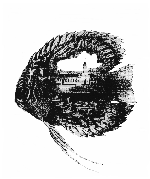![[Aquatic Survival]](../header.gif)
|
![[Aquatic Survival]](../header.gif)
|
| Home | Aquatic Survival | ACN-L | ACN-L archives | Links |
| Return to Table of Contents |
| Return to Table of Contents |
| Return to Table of Contents |
| Return to Table of Contents |
| Return to Table of Contents |
| Return to Table of Contents |
| Return to Table of Contents |
| Return to Table of Contents |

| Return to Table of Contents |
| Return to Table of Contents |
| Return to Table of Contents |
| Return to Table of Contents |
Copyright© 1996 Aquatic Conservation Network